
from the National Union of Domestic Employees (NUDE), Trinidad and Tobago
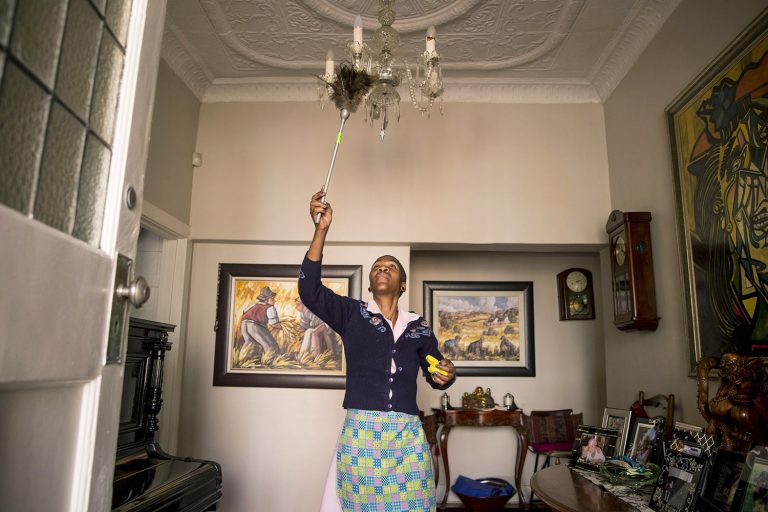
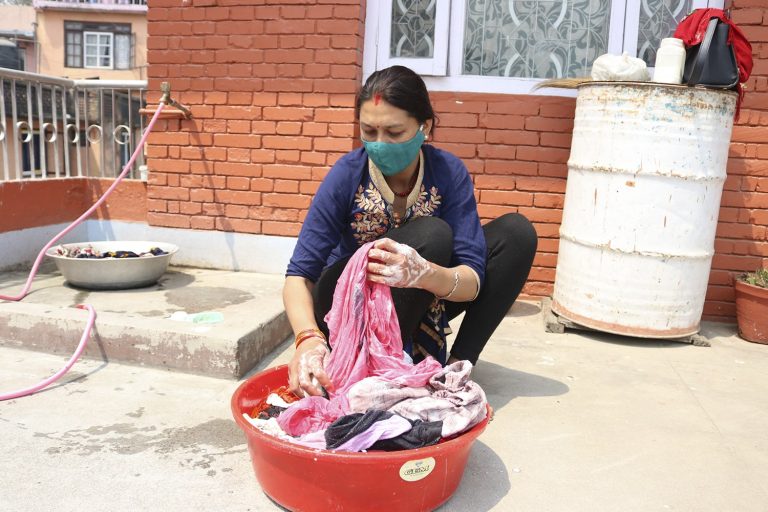
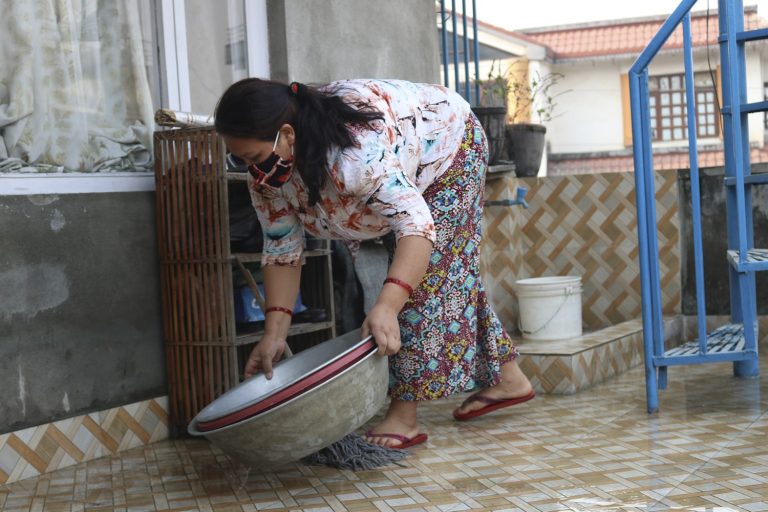
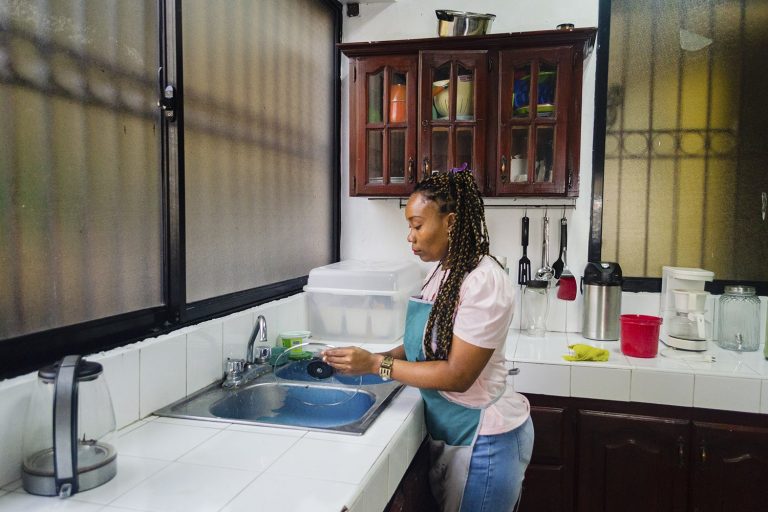
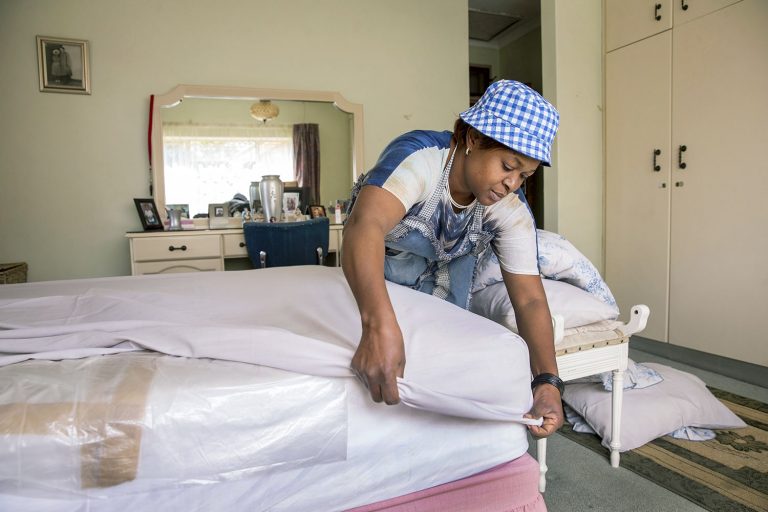
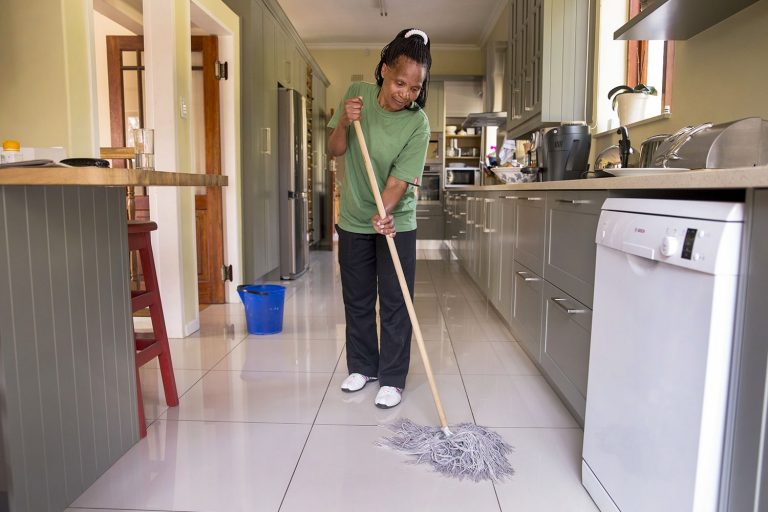
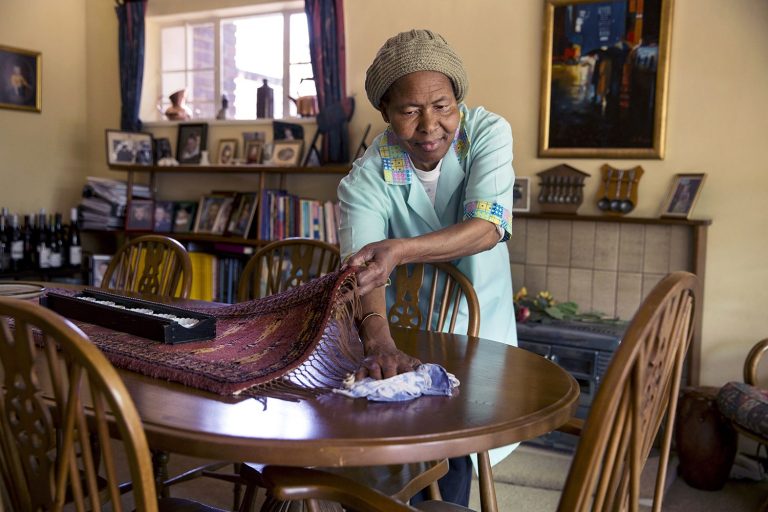
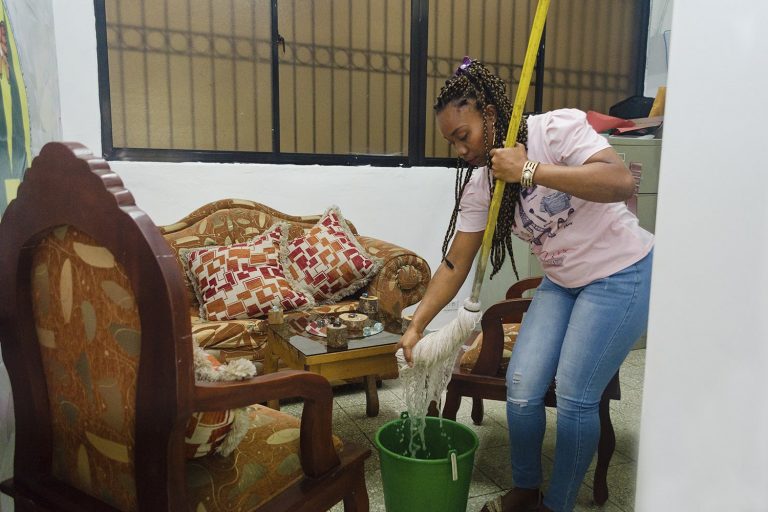
[1] For a more comprehensive discussion of domestic work, see ILO, 2021, “Making decent work a reality for domestic workers: Progress and prospects ten years after the adoption of the Domestic Workers Convention, 2011 (No. 189)”. https://www.ilo.org/global/publications/books/WCMS_802551/lang–en/index.htm
[2] “Domestic Workers.” Domestic Workers. WIEGO, n.d. Web. http://wiego.org/wiego-in-brief/domestic-workers.
[3] Ramirez-Machado, José Maria. “A Brief History of Long Work Time and the Contemporary Sources of Overwork.” Domestic Work, Conditions of Work and Employment: A Legal Perspective 7th ser. Conditions of Work and Employment Series (2003): 64. ILO. Web. http://www.ilo.org/wcmsp5/groups/public/—ed_protect/—protrav/—travail/documents/publication/wcms_travail_pub_7.pdf.
[4]4 Alter Chen, Martha, Joann Vanek, Francie Lund, James Heintz, Renana Jhabvala, and Christine Bonner. Progress of the World’s Women 2005: Women, Work, & Poverty. New York, NY: United Nations Development Fund for Women, 2005: 97. UN Women. UNIFEM. Web. http://www.unwomen.org/~/media/Headquarters/Media/Publications/UNIFEM/PoWW2005_eng.pdf
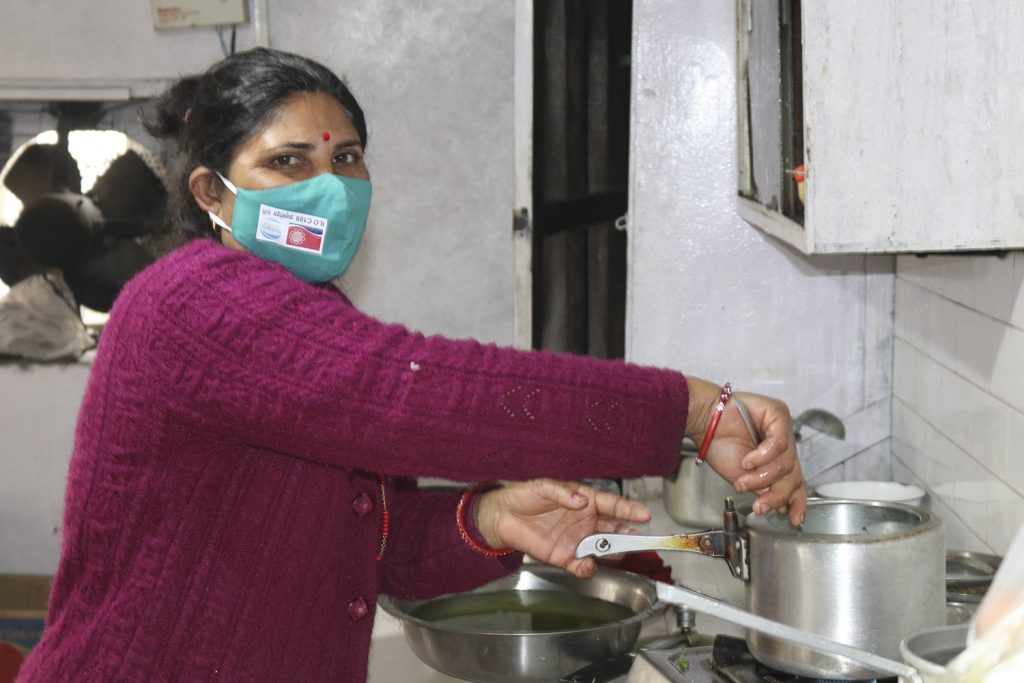
[5]7 “Child Labour and Domestic Work.” ILO. International Labour Organization, n.d. Web. http://www.ilo.org/ipec/areas/Childdomesticlabour/lang–en/index.htm
Help us make a difference by supporting the domestic workers movement.